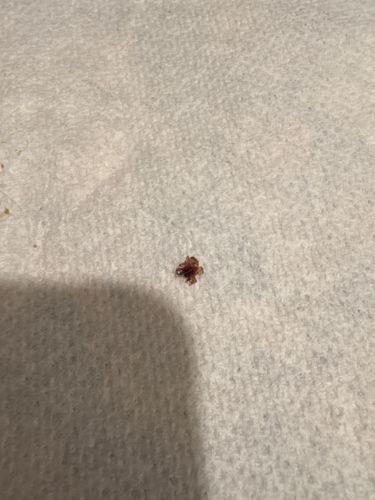Flea
Scientific Name: Ctenocephalides felis (cat flea, most common species on dogs and cats)
Order & Family: Order Siphonaptera, Family Pulicidae (common fleas)
Size: Typically 1.5 to 3.3 mm (0.06 to 0.13 inches) in length.

Natural Habitat
Fleas typically live on the bodies of their animal hosts. Off-host, they can be found in bedding, carpets, cracks in floors, and other sheltered areas within homes or environments where infested animals reside. Larvae and pupae often develop in these off-host environments.
Diet & Feeding
Adult fleas are obligate hematophagous parasites, meaning they feed exclusively on the blood of their hosts (mammals and birds). Larval fleas feed on organic debris, including adult flea feces that contain undigested blood.
Behavior Patterns
Fleas are excellent jumpers, able to leap vertical distances up to 7 inches and horizontal distances up to 13 inches. They undergo complete metamorphosis, with eggs, larvae, pupae, and adult stages. The entire life cycle can take as little as two to three weeks under optimal conditions. Adults require a blood meal to reproduce and can live for several months without feeding once they are adults, as long as conditions are favorable.
Risks & Benefits
Risks: Fleas are considered pests due to their bites, which cause itching and discomfort. They can transmit diseases such as murine typhus and plague (though rare in developed countries), and act as intermediate hosts for tapeworms (e.g., Dipylidium caninum) in pets and occasionally humans. Heavy infestations can lead to anemia in young or compromised animals. Benefits: Fleas do not offer significant direct benefits to humans or the ecosystem, but they are a food source for various predators in natural environments.
Identified on: 8/20/2025